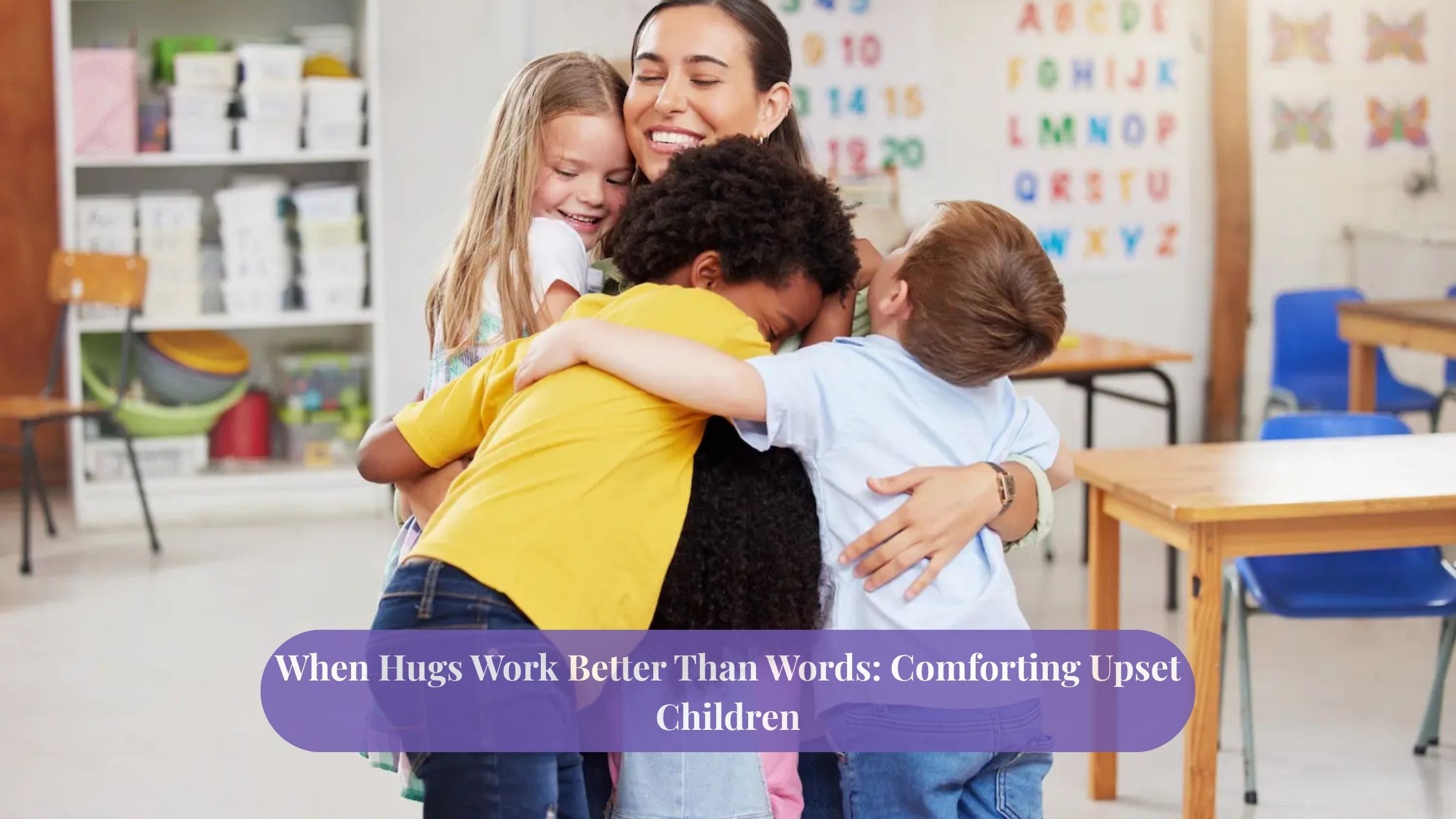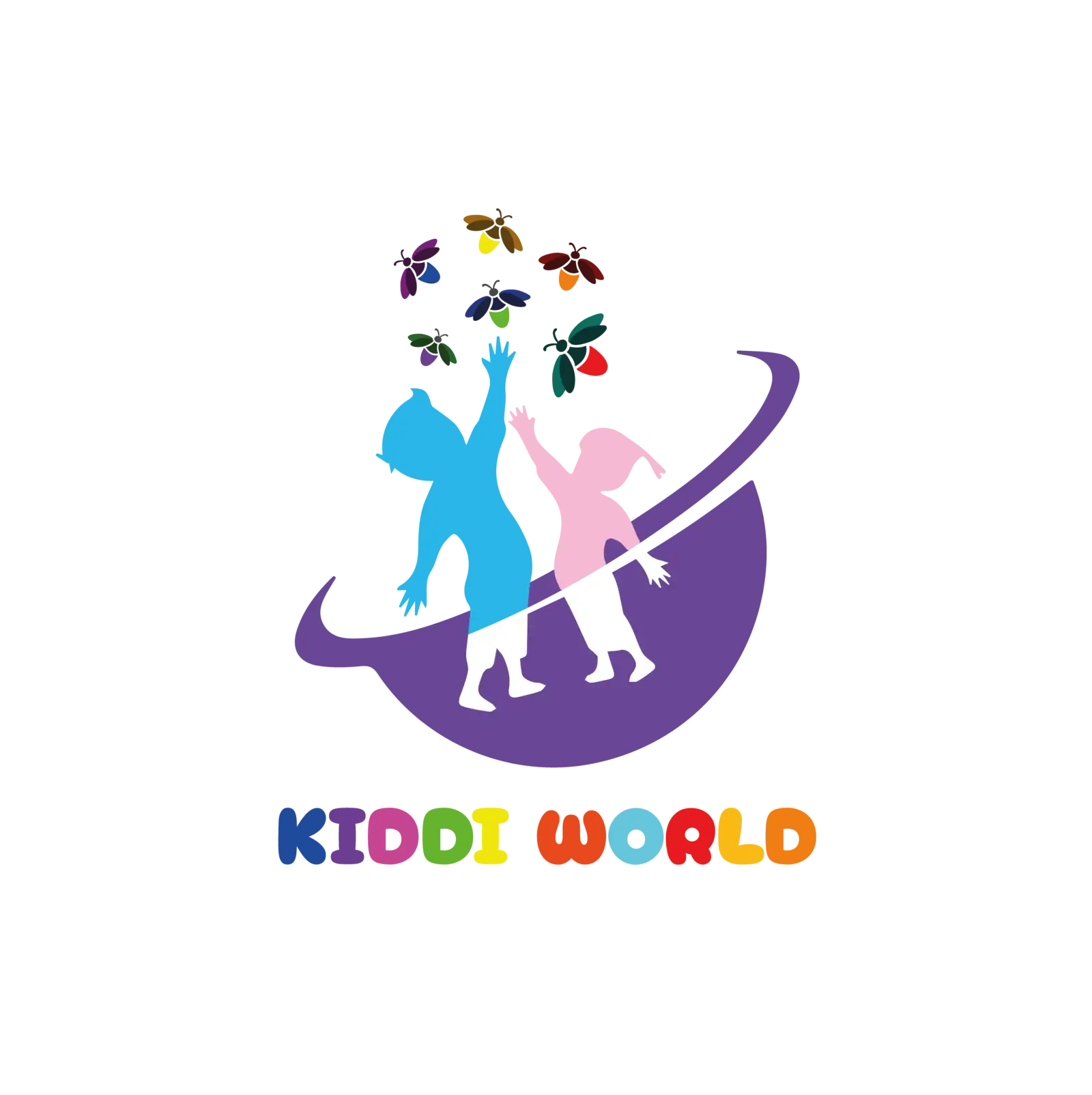
Sometimes, words fall short. When a child is overwhelmed, crying, or frustrated, the best response isn’t a lecture or reasoning—it’s a simple, heartfelt hug. For young children, especially in the preschool years, emotions can feel big, confusing, and intense. In those moments, physical comfort can speak louder than any well-meaning explanation.
As parents and educators, understanding how to respond with empathy rather than control is a crucial part of raising emotionally healthy children. This article explores why physical comfort matters, how it helps children emotionally regulate, and how schools like the best preschool in Abu Dhabi incorporate this understanding into everyday interactions.
Understanding Emotional Overwhelm in Children
Children experience the same emotions as adults—sadness, anger, fear—but they don’t yet have the tools to manage those feelings on their own. Their brains are still developing, especially the areas responsible for self-regulation and reasoning.
When a child is upset, the logical part of their brain essentially goes offline. In that moment, trying to talk them out of their feelings can often escalate the situation. Instead, what they need is connection and calm—something a hug can provide instantly.
A hug does more than offer comfort. It reassures the child: You’re safe, I’m here, and I understand.
Why Hugs Are Powerful for Young Children
Hugs work on both a physical and emotional level. When you hug a child:
- Their heart rate slows down
- Cortisol (the stress hormone) decreases
- Oxytocin (the bonding hormone) increases
- They feel seen, loved, and supported
For preschoolers who are still learning to name their feelings or express themselves clearly, this physical reassurance helps reset their emotional state.
In early childhood education settings, especially places like the Best Nursery in Mussafah, educators are trained to respond to children’s emotional needs with calm, warmth, and presence. Whether it’s a child struggling with separation anxiety or one frustrated over a sharing conflict, a gentle hug or a hand on the shoulder can do wonders.
Building Emotional Resilience Through Connection
Repeated experiences of being comforted help children build emotional resilience. They learn that emotions are manageable and that they won’t be left alone in their distress. Over time, this foundation supports better communication, stronger relationships, and even academic growth.
Yes, comforting children affects more than just their moods. When children feel emotionally secure, their brains are more open to learning. There’s a direct connection between emotional well-being and Children Academic Success. A calm, regulated child is more likely to pay attention, solve problems, and engage with peers.
Comforting Without Spoiling
A common concern among parents is: If I hug my child every time they cry, am I encouraging bad behavior?
The answer is no. Comforting a child when they’re genuinely upset is not the same as giving in to unreasonable demands. Emotional validation does not equal indulgence.
When a child falls down and cries, you hug them.
When they’re scared, you hold their hand.
When they’re angry and yelling, you stay close and calm.
This approach doesn’t reward negative behavior—it teaches children how to develop impulse control. They learn, through repeated safe interactions, how to manage big feelings and return to a calm state. Once they’re calm, then—and only then—do words and reasoning become effective.
Strategies for Comforting Upset Children
Here are a few mindful ways to offer comfort when words aren’t enough:
1. Stay Close and Calm
Even if you don’t immediately hug the child, your calm presence helps. Get down to their level, maintain soft eye contact, and use a soothing voice.
2. Offer Physical Reassurance
A gentle hug, holding their hand, or rubbing their back can help them feel secure.
3. Name the Emotion Later
Once they’ve calmed down, help them understand what happened. Say things like, “You were really upset because your toy broke,” or “It’s okay to feel sad when you miss mommy.”
4. Model Regulation
If a child is screaming, don’t shout back. Show them how to take deep breaths. Your calmness is contagious.
5. Be Consistent
Children thrive on predictable, loving responses. The more you show up with empathy, the faster they learn to manage their emotions independently.
When Schools Get It Right
Emotional support isn’t just a home-based responsibility. The environment a child spends their day in plays a huge role in shaping their emotional development.
At institutions like the best preschool in Abu Dhabi, emotional intelligence is treated as an essential skill—not an afterthought. Teachers are trained to handle tantrums, tears, and frustrations with compassion and skill. The same goes for caregivers at the Best Nursery in Mussafah, where safe emotional expression is encouraged, not silenced.
When children are met with understanding instead of punishment, they flourish. They build trust, confidence, and the tools to handle life’s ups and downs.
Final Thoughts
In a world where we’re often told to “use your words,” it’s important to remember that sometimes, silence and presence are more powerful. A hug, a calm embrace, or simply sitting quietly beside a child in distress can say everything they need to hear: You’re not alone. You are loved.
Comfort isn’t weakness—it’s the foundation of emotional strength. And in those quiet, connected moments, we aren’t just easing a meltdown. We’re building resilience, empathy, and the emotional foundation for future success.
Need help supporting your child’s emotional and academic growth?
Contact us today to give your child a safe, loving start to lifelong learning.







